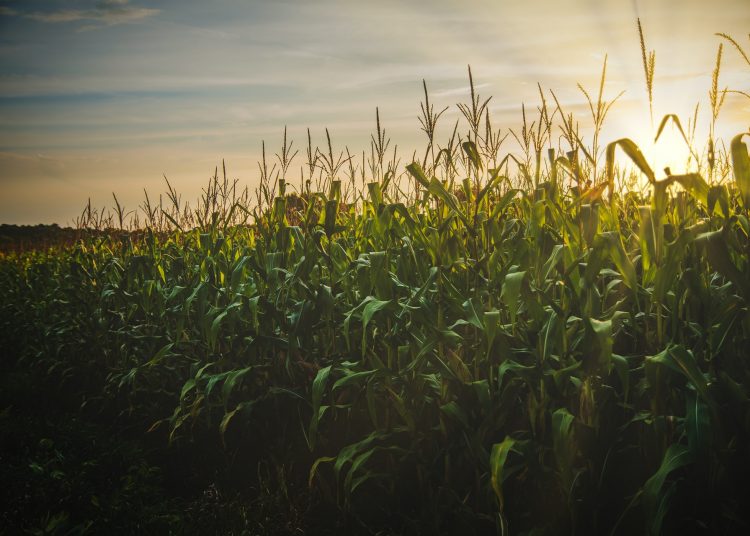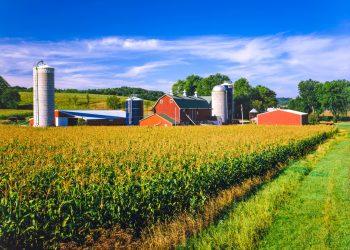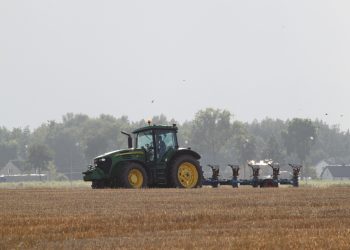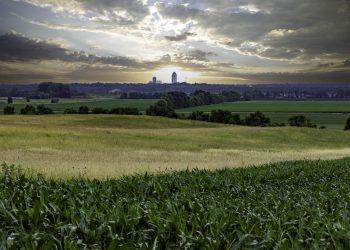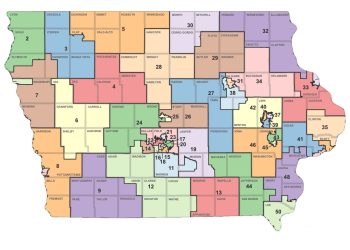(The Center Square) – Despite some rain in the past month, parts of Iowa, including the northwest and east-central regions, have returned to “extreme drought” conditions in the past week, state officials report.
Iowa Secretary of Agriculture Mike Naig told The Center Square in a phone interview the state hadn’t seen extreme drought since around September 2020.
“We really are in a situation where we’re going to have to replenish that soil moisture over the fall and winter as we hopefully head into a more normal 2022 growing season,” Naig said.
Iowa Department of Agriculture and Land Stewardship State Climatologist Justin Glisan reported in an August 9 news release a majority of Iowa’s stations have seen between 0.50 inch and 0.75 inch rainfall deficits. Northwest and Central Iowa subsoil moisture rating at least 84% short or very short, and Central Iowa topsoil moisture rating 83% short to very short, the release said. Across the state, topsoil moisture levels rated 18% very short, 35% short, and 46% adequate. Some Conservation Reserve Program lands in the state have been approved for haying and grazing, Topsoil moisture levels have “improved slightly” in northwest Iowa though.
Naig said, however, that the crop “looks surprisingly good.”
“Folks have seemed like they can catch a rain just in time, and that’s what we’re going to have to see here in order to finish this crop off,” he said.
Corn silking or beyond (96 percent) and the third cutting of alfalfa hay were equal to the 5-year average, the USDA National Agricultural Statistics Service’s August 2 to August 8 Iowa Crop Progress and Condition report said. Corn in or beyond the dough stage this year (64 percent) was four days ahead of the 5-year average and 11 percent of the corn crop has reached the dent stage, which is three days ahead of the 5-year average. Oats harvested for grain is one day behind the 5-year average. The majority of both Iowa corn (61 percent) and soybeans (60 percent) rated good to excellent. Soybeans setting pods reached 84 percent, eight days ahead of normal, and 97 percent of soybeans were blooming, 10 days ahead of the 5-year average. About one-third of pasture and 55 percent of hay is in good to excellent condition.
Still, farmers won’t know the full condition of the crops until the fall harvest, he said.
“There’s no moisture in the soil profile so we really are reliant on what comes from precipitation … Very little of our crop is irrigated, so we really are totally reliant on what falls from the sky,” he said.
The department is also watching the water supply in rural water systems, which may be used for watering livestock.
“[Adequate supply] not an issue today, but the longer the drought persists, the more that those kinds of things can start to be of concern,” he said.
Naig said demand is high for corn and soybean products both domestically and internationally. Continued drought conditions could prompt high prices if supply is low. Iowa is the second-largest exporting state for food and agriculture products, falling just behind California. Demand has been high in China, the largest producer of pork globally, as the country’s farmers are rebuilding the pork industry from African swine fever, as Reuters has reported.
The season for sweet corn, which makes up less than one percent of the state’s corn, is “nearly over,” with most already harvested, he said.
“We did have some decent rain through the time when that would have been coming to be harvested so I’m not aware of any real challenges with the sweet corn crop this year from a drought standpoint,” he said.



